Innovative EV Technologies Set to Transform India | Solid-State Batteries, Ultra-Fast Charging, and Beyond.
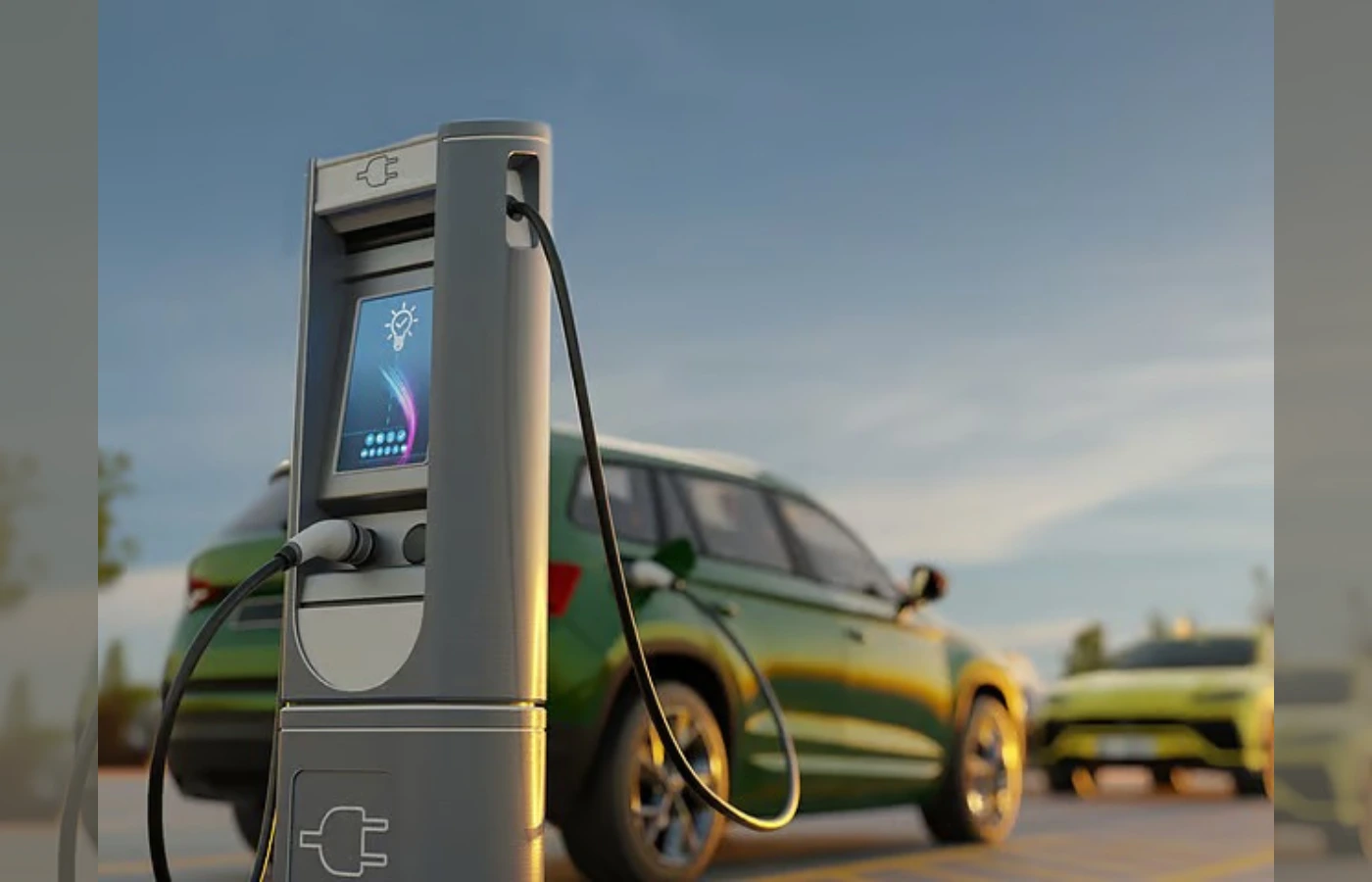
Electric Mobility is going through a revolutionary phase as there are a variety of innovations happening in the field of EV sector. Electric vehicles are not just cars but have become a symbol of technology revolution for tomorrow’s mobility, which is efficient as well as sustainable.
In the new era of electric mobility, the charging times are getting reduced significantly and range is also increasing at a rapid rate, thus providing more than 1,000 Km on a single charge. As there is a rise of electric vehicles, there is a strong need for a developed electric infrastructure and to achieve that, the power grid is being upgraded in order to fulfill the demand of energy from the consumers.
Today we will discuss the next-generation of EV technologies which could disrupt the EV sector and take India’s electric future to a next level. The new technological advancements such as Solid-State Batteries, Ultra-Fast Charging and Vehicle-to-Grid Technology.
Solid-State Batteries
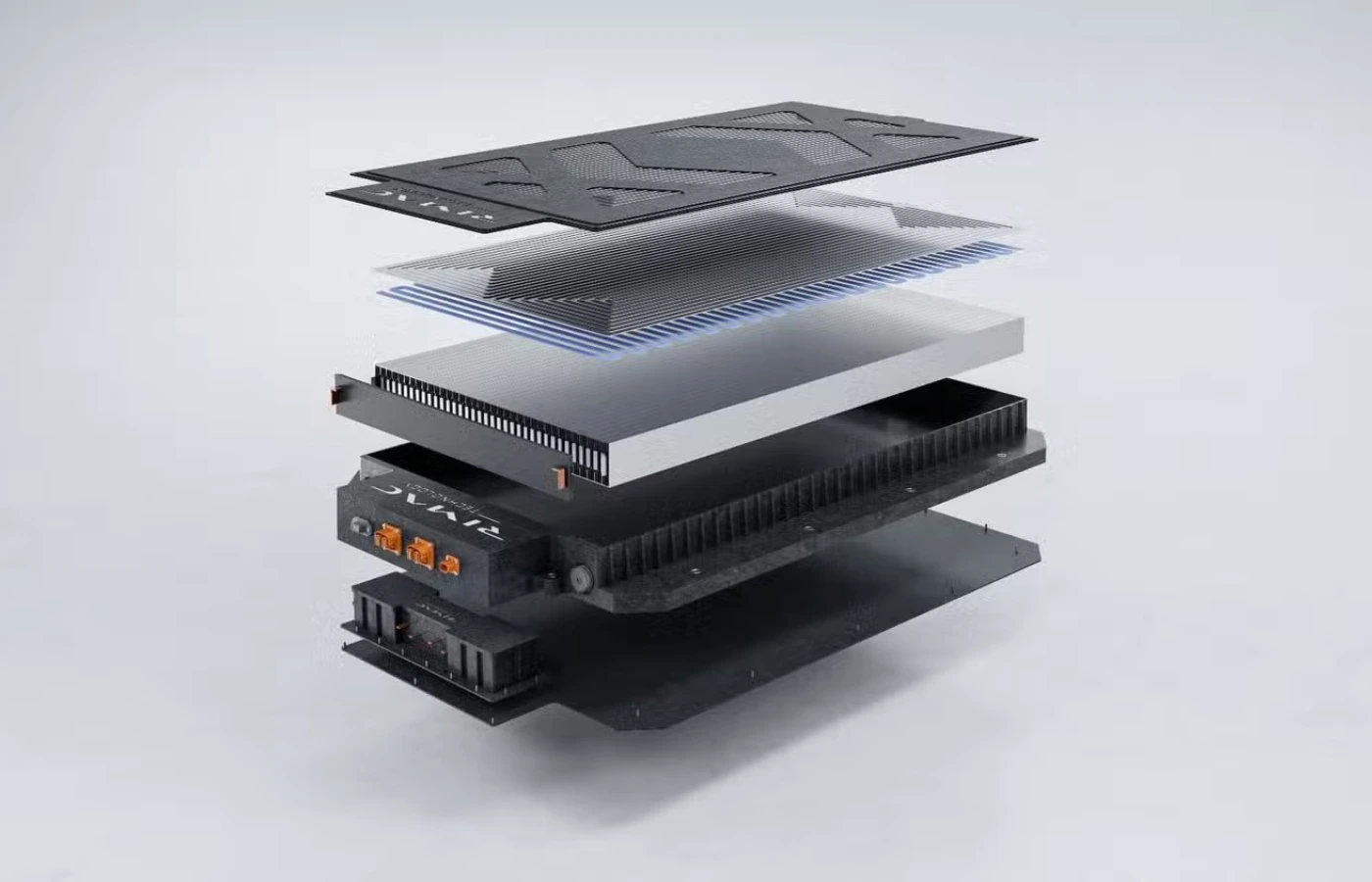
Solid-State Batteries use solid electrolyte as compared to the liquid electrolyte used in the lithium-ion batteries. The traditional lithium-ion batteries carry a risk of fire and have slow charging with a limited battery-life cycle which just limits the life of batteries used in an EV.
Toyota and CATL are working on solid-state technology and are expected to integrate into their electric cars by 2025-26. The highly advanced Solid-State batteries have several advantages over the conventional batteries such as
- Negligible fire risk.
- Double charging speeds as compared to lithium-ion batteries.
- The solid-state batteries generate 50% higher energy density which ultimately adds 2 to 3 times the battery life cycle over the conventional batteries.
When will it come to India?
ISRO and educational institutions like IIT Madras are already working on the research and development of solid-state batteries and many Indian startups like Log9 Materials and Ola Electric are trying to bring this technology soon to India.
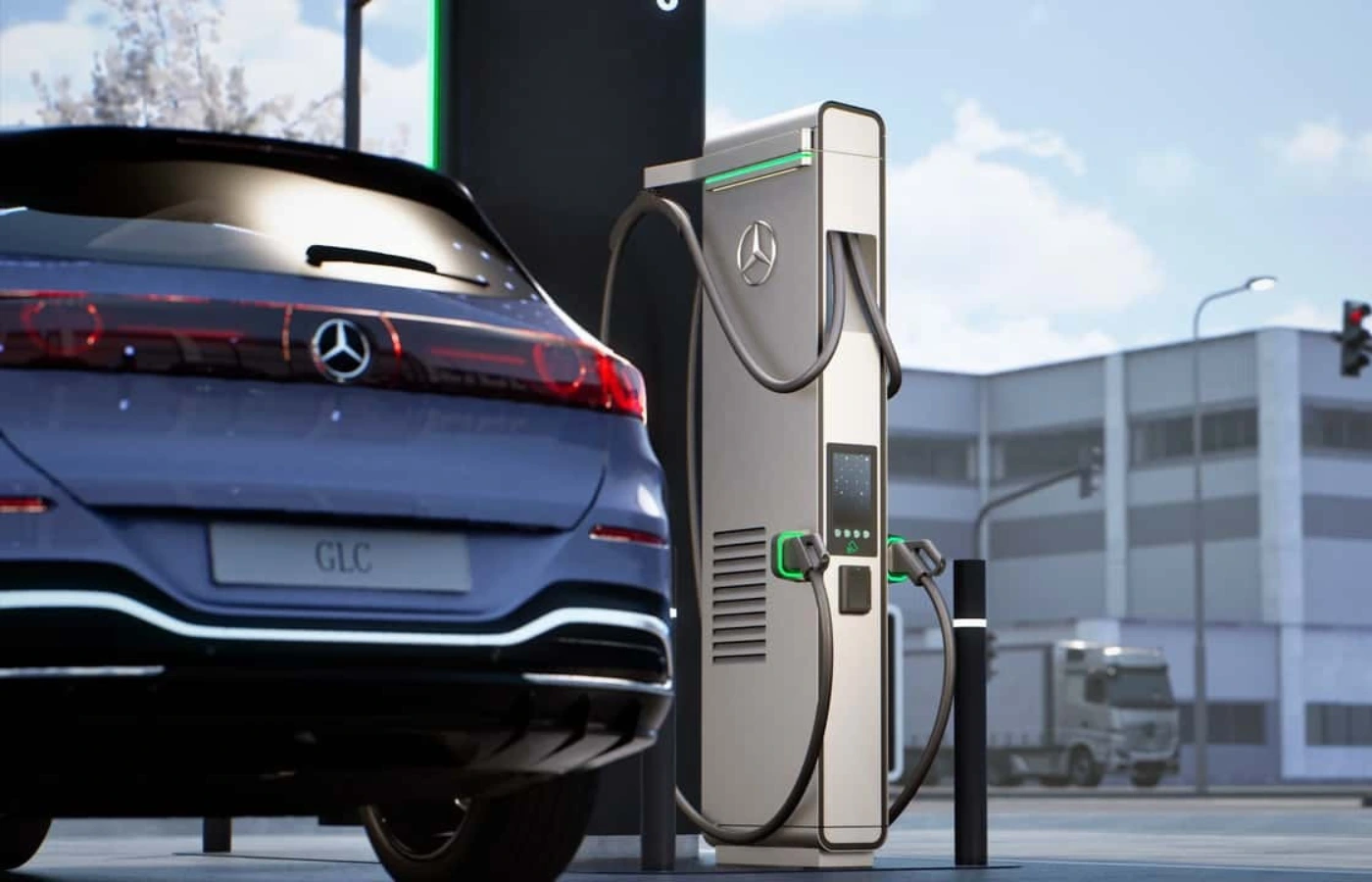
Ultra-Fast Charging | 10-Minutes Top-Ups Coming
Long Charging times are one of the key disadvantages why people do not prefer EVs, but upcoming advancements in charging will potentially solve this problem as CATL has introduced its state-of-the-art Shenxing Ultra-Fast Charging Battery which can provide a 400 Km of range in just 10 minutes of charging.
Other key EV players like Tesla, Nio, and Hyundai are deploying chargers with a capacity of 350 kW for faster and efficient charging.
Indian Charging Infrastructure
- In India big players like Tata Power and Statiq have provided DC chargers with a capacity of 240-350 kW, and if this trend remains intact then in next 2 years, the average charging time will be equal to ICE refueling, which will eradicate one of the biggest barriers of owning EVs in India.
- Let’s understand the charger type and what charging time it takes to fully charge the electric cars.
|
Charger Type |
Charging Time (0-80%) |
|
7 kW AC |
6-8 Hours |
|
50 kW DC |
60-90 Min |
|
350 kW DC |
<15 Min |
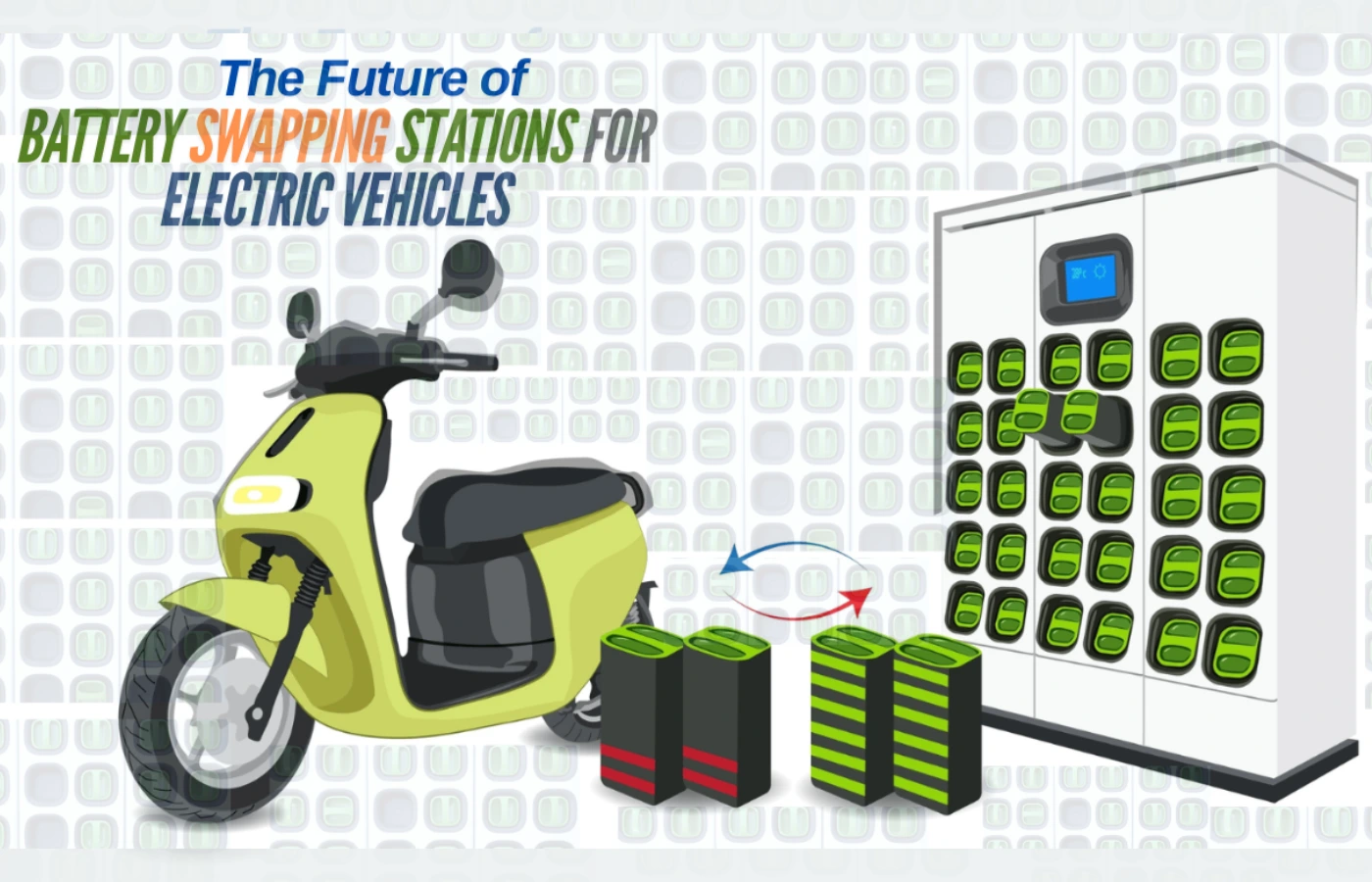
Battery Swapping & Modular Packs
One of the most trending innovations which is booming in the EV sector is Battery Swapping. In this system, the depleted batteries are replaced with fully-charged batteries, and this process roughly takes just 2 minutes of time ensuring speed and efficiency by eradicating longer charging time in conventional batteries.
This technology is practised in many countries, and some of the real life examples include
- Gogoro (Taiwan), which is already undergoing 12 lakh+ swaps per day, effectively utilising this technology at a massive scale.
- In India, Sun Mobility and Bounce Infinity are already in the pilot process to bring this technology into their mainstream electric mobility.
Government Support
India will be effectively implementing Battery Swapping policy, exclusively for 2-wheelers and 3-wheelers, where range anxiety is observed more commonly.
Just Imagine big two-wheeler manufacturers with Ola, TVS, and Ather scooters with modular battery swapping technologies integrated into their electric two-wheelers, thus ensuring peak level of convenience especially for those who want to reduce their charging time.
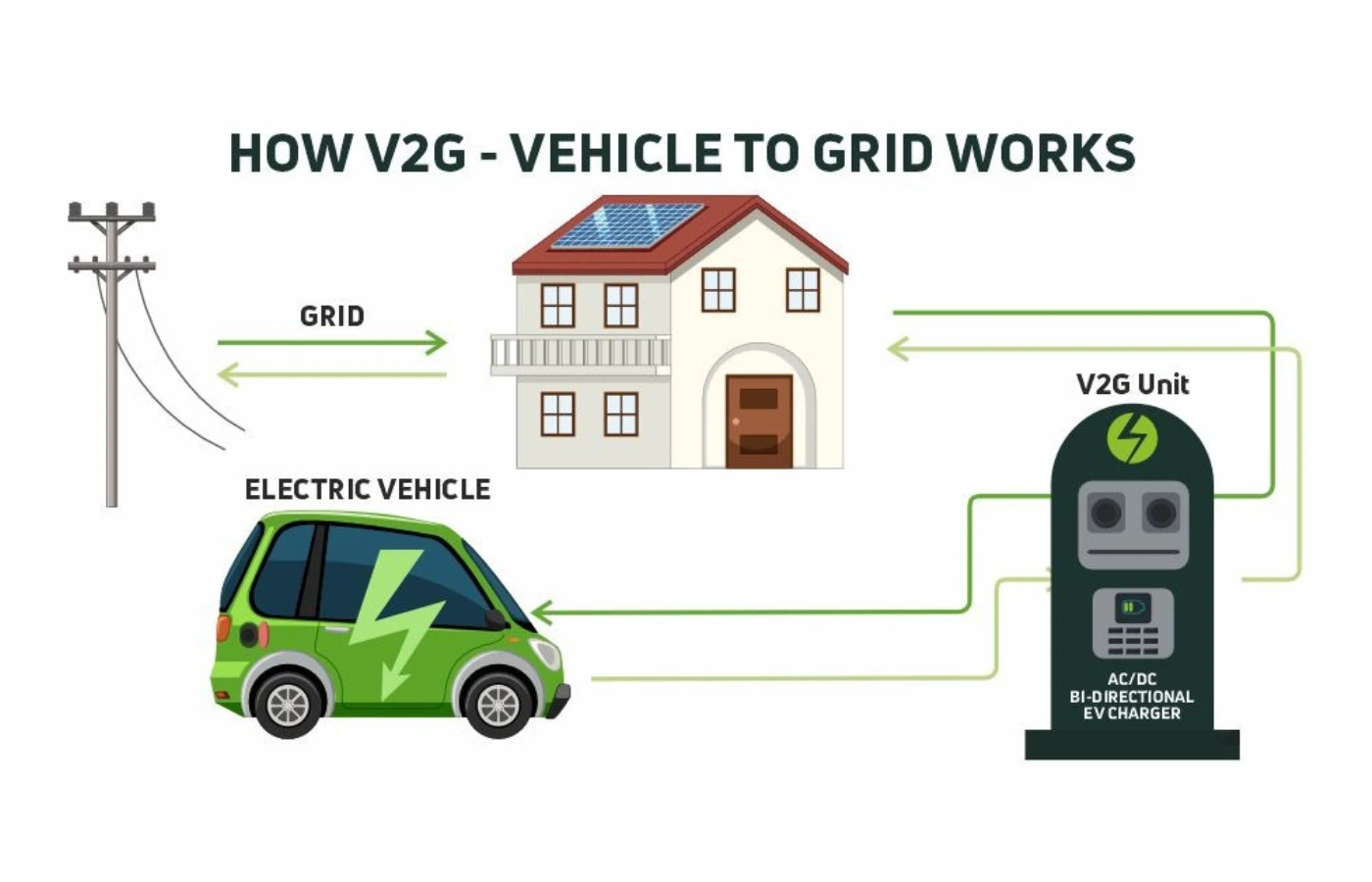
Vehicle-to-Grid (V2G) & Smart Charging
This is one of the most advanced upcoming electric technologies which is set to disrupt the Indian EV industry. According to Vehicle-to-Grid technology, your EVs will not only take current from the source but also generate electricity and give it back to the grid, thus ensuring correct optimisation of electricity consumption.
The electric cars equipped with Vehicle-to-Grid technology will transfer the generated electricity back to the EV grid, and if the grid is getting huge demands of power then your EVs can act as a power source and can earn money for the particular amount of electricity transferred back to the grid, thus leading to effective power optimization.
Real World Examples:-
- Global EV companies like Nissan and BYD are heavily testing their V2G capable electric vehicles. In India, Tata and MG are also undergoing early pilot tests to explore this technology across the country.
- Thus with the application of Vehicle-To-Grid technology, your electric car will be transformed into a power bank which can receive and transmit energy as and when required.
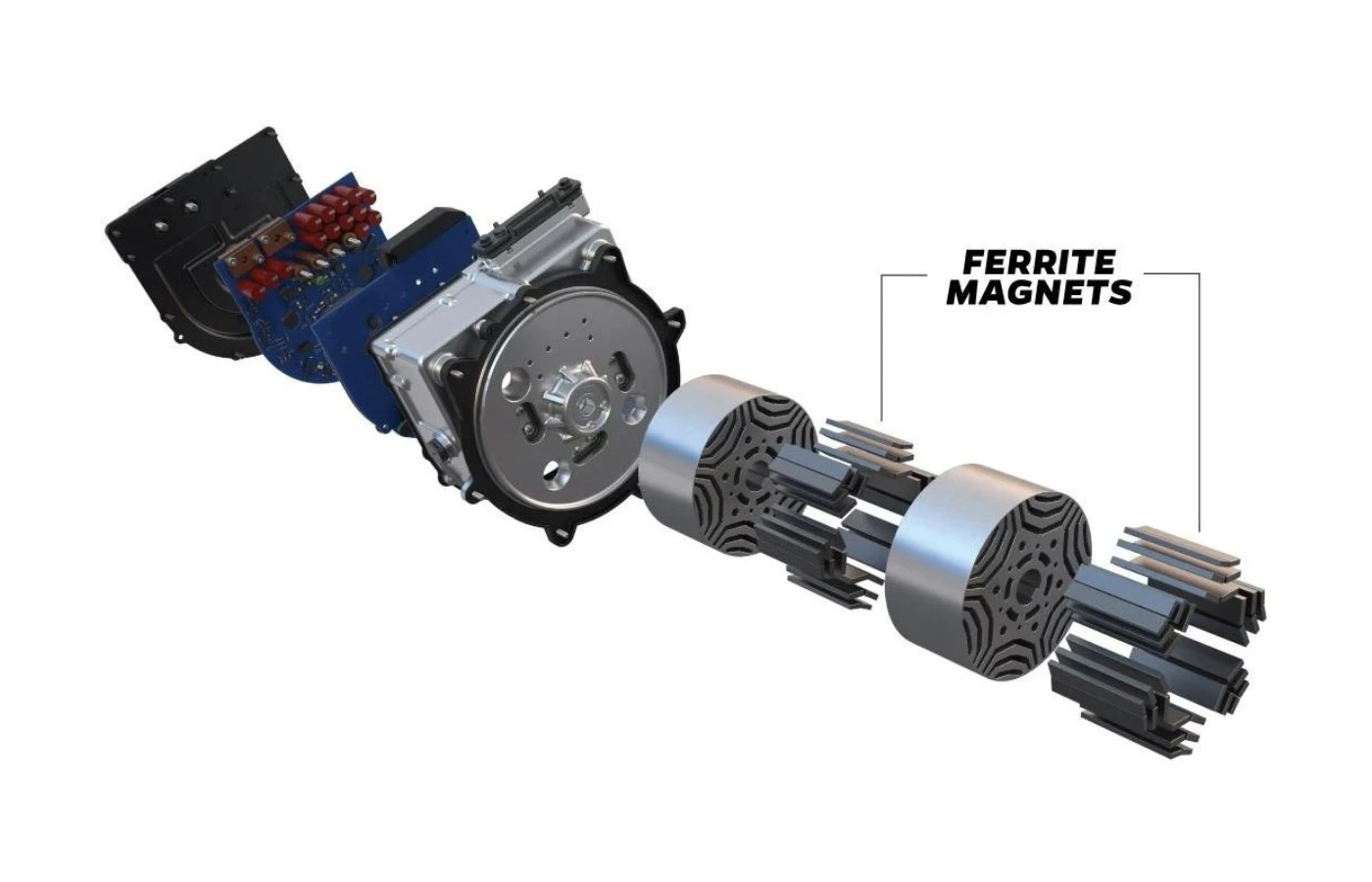
New Age Materials | Sodium-Ion & Rare-Earth Free Motors
There is one more silent revolution undergoing at the level of materials which includes the addition of Sodium-Ion batteries and Rare-Earth-Free motors.
Sodium-Ion Batteries: These batteries will be significantly cheaper than lithium-ion batteries as they will be powered by sodium, which is found abundantly across the globe. Global companies like CATL and Reliance are working on the development of Sodium-ion technology.
Rare-Earth-Free Motors: Ola has recently announced that they will be manufacturing rare-earth free motors which are sustainable and economical as well. Both of these innovations will remove India’s import dependence on other companies, thus providing EV independence.
.webp)
Autonomous & Connected EVs
EVs will not only be restricted to mere being a powertrain, but will also innovate heavily in the field of AI and connectivity features and these include.
- Over-the-Air (OTA) Updates
- Predictive Battery Management
- Smart Navigation using Real-time charging info.
- Voice-Assisted Controls.
India Connectivity
In India, big players like Tata, Mahindra and BYD are working on the development of AI integration. Recent examples include Snapdragon will be integrating with EVs with all the features mentioned above.
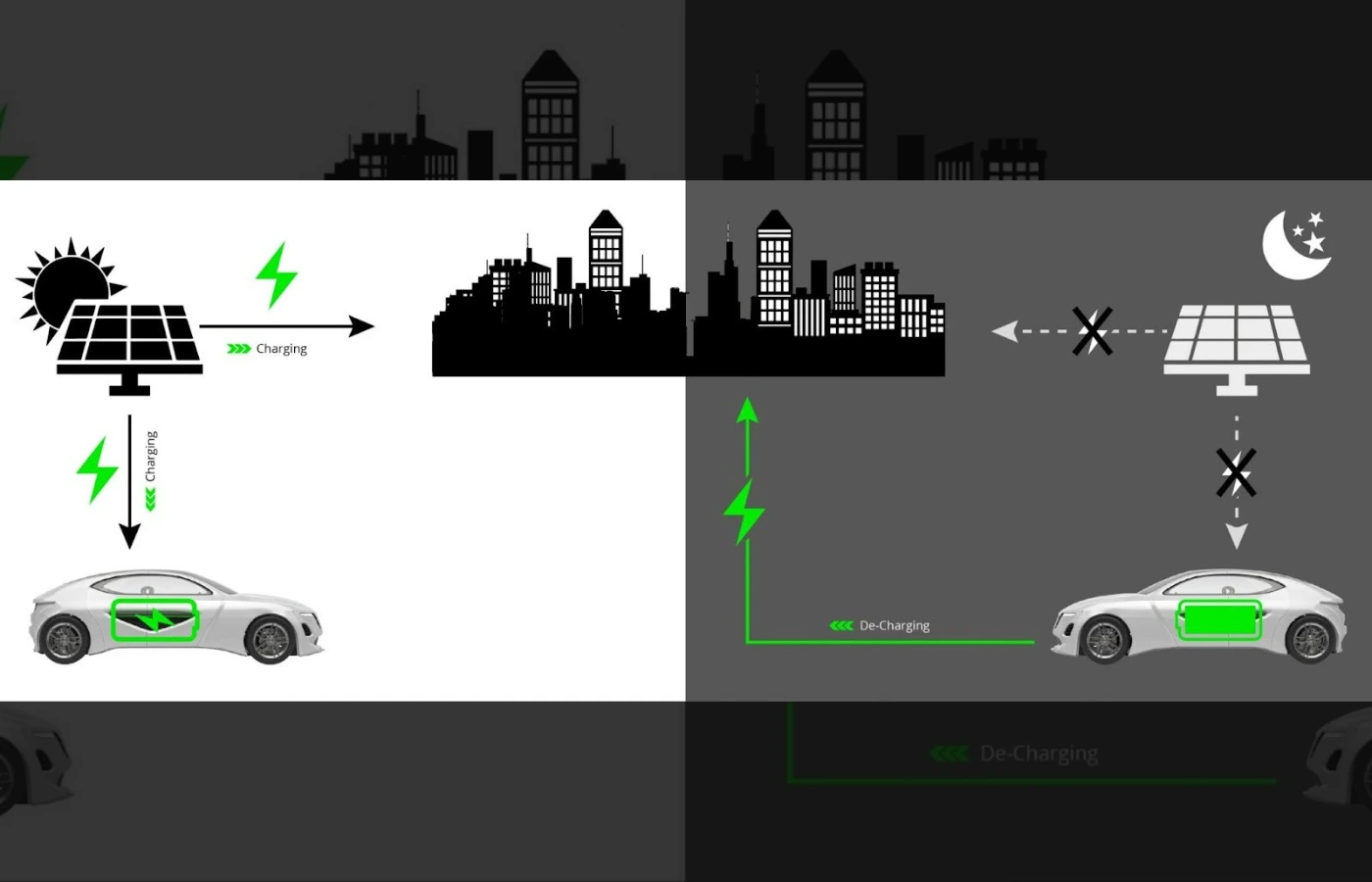
If you think EVs have reached at the pinnacle of innovation, then this is just a foundation of a developed mobility and all of these next generation advancements such as solid-state batteries and rare-earth-free motors will revolutionize the Indian EV industry making it a mainstream source of transportation in the coming future, as we quote, “Future to EVs ka hi hai”!!
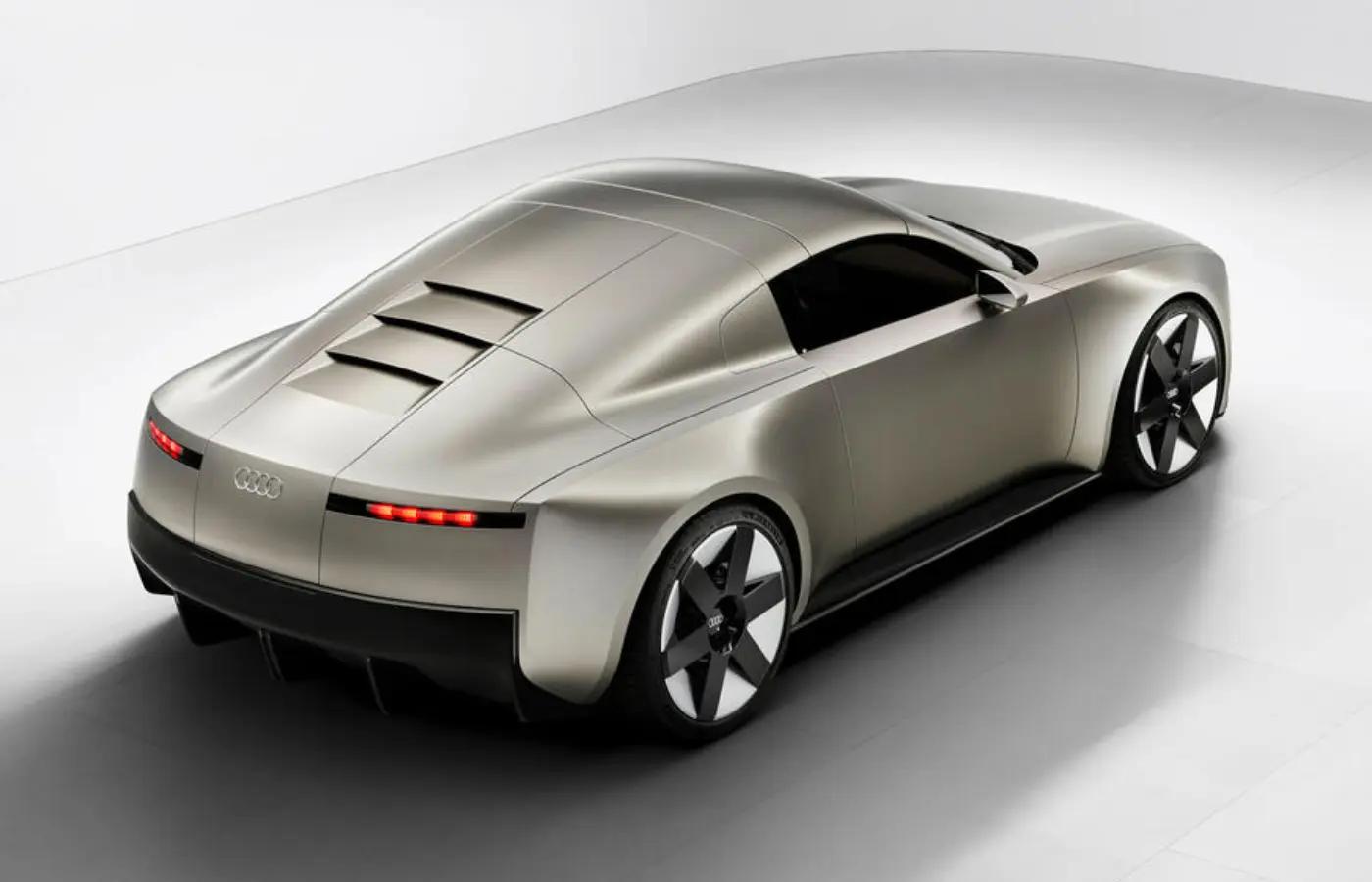
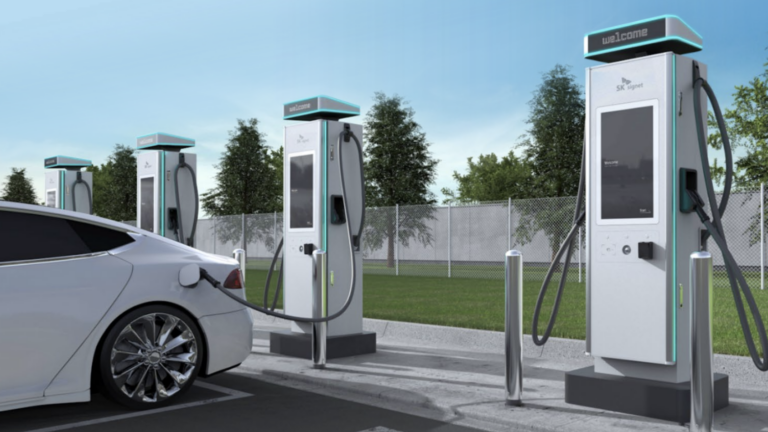
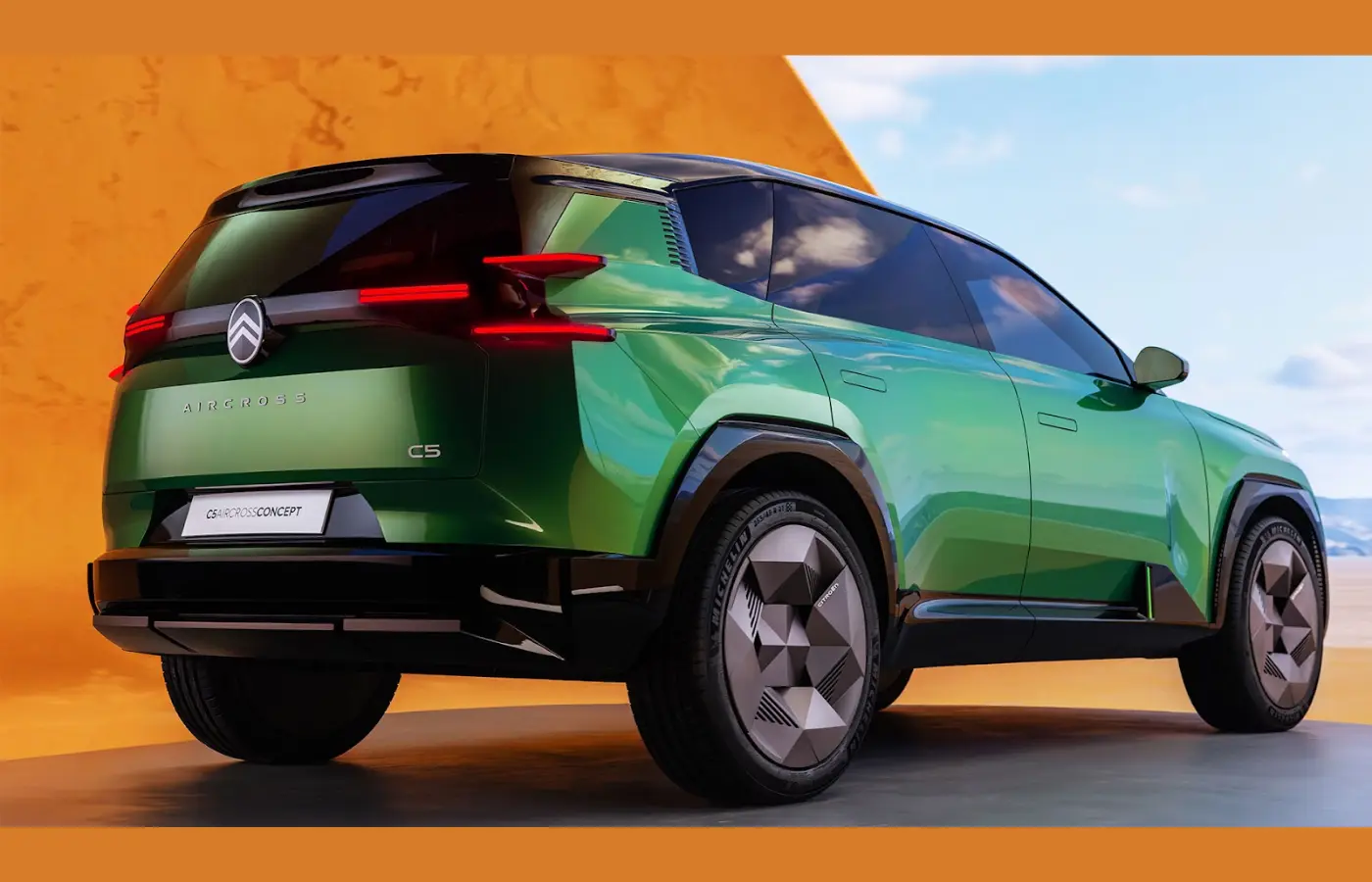

.webp)